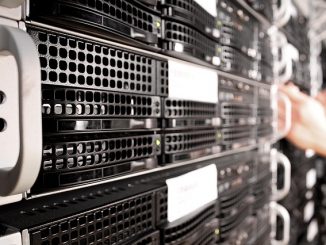
Researchers from Northwestern University have achieved a groundbreaking feat in quantum technology by teleporting a quantum state of light through 30 kilometers of existing fiber optic cables, all while these cables were actively handling internet traffic. This development represents a significant leap forward in the integration of quantum communication with current telecommunications networks, potentially revolutionizing fields like quantum computing, cybersecurity, and advanced sensing technologies.
Prem Kumar, a computing engineer at Northwestern University and leader of the study, expressed enthusiasm about the breakthrough, noting that it was previously thought to be an impossible task. The ability to utilize the same infrastructure for both quantum and classical data transmission means that future networks could be more unified and efficient, not requiring the construction of entirely new systems for quantum communication.
Quantum teleportation, in this context, isn’t about moving physical objects but rather transferring quantum information from one place to another without the information itself traveling through space in a traditional sense. This process involves entangling two particles, where the state of one particle can be instantaneously “teleported” to another, even if they are separated by great distances, provided there is a classical channel for communication.
The challenge with this experiment was not just to teleport quantum states but to do so in a noisy environment where the quantum information could easily be lost or altered due to interference from the massive volume of classical data. The researchers mitigated this by carefully selecting wavelengths and using techniques to minimize scattering, ensuring the quantum state’s integrity amidst the cacophony of internet traffic.
This isn’t just a theoretical advancement; it’s a practical one. By demonstrating that quantum states can be teleported alongside real internet traffic, Kumar’s team has shown that quantum networks could be built upon the vast, already-existing fiber optic infrastructure. This approach avoids the prohibitive costs and complexities of laying down new cables specifically for quantum communication.
The implications are vast. Secure quantum connectivity could allow for ultra-secure communications where interception would not only be detectable but would destroy the quantum state, making eavesdropping futile. In computing, this could lead to distributed quantum computing networks where quantum processors could share or distribute quantum information in ways currently unimaginable with classical systems.
Moreover, this work opens up possibilities for new sensing technologies, where quantum states could be used to measure properties with unprecedented precision over long distances. The research also paves the way for enhanced encryption methods, leveraging the principles of quantum mechanics to create keys that are theoretically unbreakable.
Kumar’s vision extends beyond just this experiment. He sees a future where quantum and classical communications are seamlessly integrated, suggesting that with the right choices in technology and wavelengths, we can continue to use our existing networks while stepping into the quantum age. This study, published in the scientific journal ‘Optica‘, underscores the potential that quantum technologies hold when merged with our current digital world, promising a future where quantum effects enhance our daily technological interactions without necessitating a complete overhaul of our internet infrastructure.
h/t SA




Leave a Reply